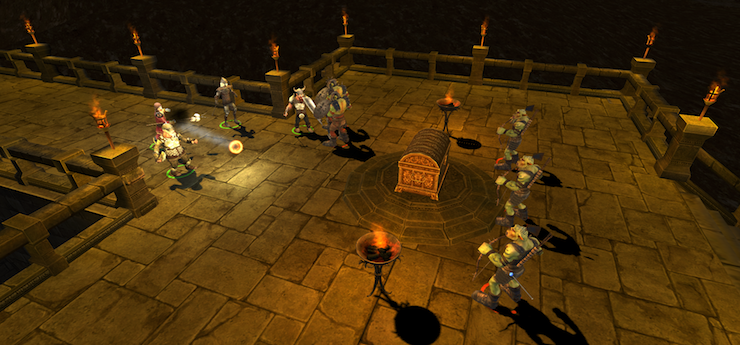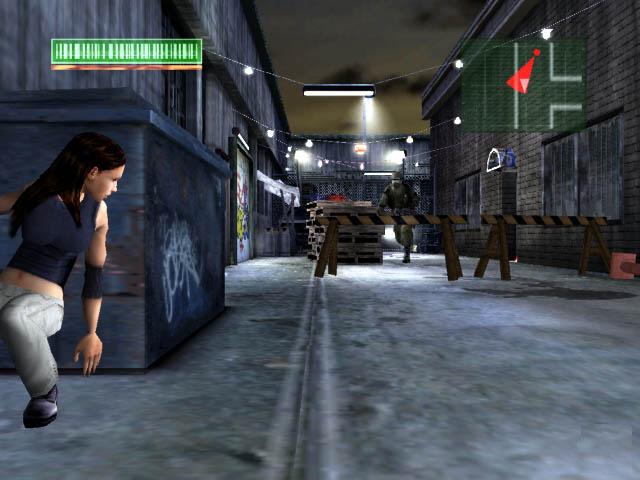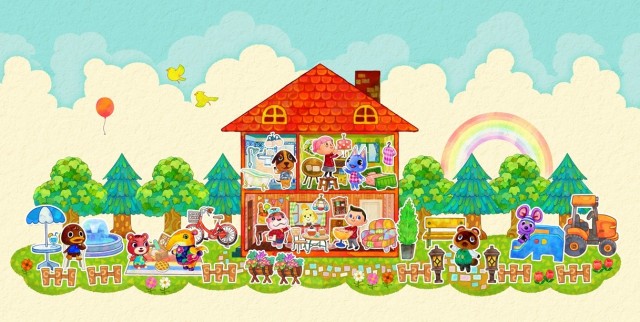I’m always trying to figure out ways to improve inclusion in my classroom and help students begin to recognize the implications of various technologies or arguments. I’ve written before about the LEGO Serious Play methodology and how I see it contributing to project in the technical communication classroom and projects in organizations. I’m becoming more and more interested in how LEGO Serious Play works to both improve inclusion and give students space to think through various aspects of their projects. One of my hopes is that working to make sure each student is heard might help them realize how different technologies might affect others. But, we all hold our own worldview, so it can be challenging to “see” how people might interact with or have trouble with technologies that can seem easy and straightforward.
I recently ran across this video on the LEGO subreddit. The video, “How LEGO Helps Blind People See” is fascinating to me for several reasons. Many technical communication instructors use versions of a LEGO activity to help students understand how to create effective instructions. Generally, I bring LEGO bricks to class, ask students to build a simple model, then ask them to design instructions and test them on their classmates. This year, I’m teaching in a room without computers, so I added the additional constraint of no pictures: text and drawings only. I did this both because we don’t have computers in the classroom, and also to help me talk them through thinking about constraints and how they might complicate a project and/or force a change in approach. I’ve found when doing this quick activity, that students find it difficult to describe LEGO in text, and students find it difficult to follow LEGO instructions in text form. It’s pretty interesting to see how Matthew (from the video) and a friend adapted LEGO instructions to text, so they can also build.
I found this video also gave me a useful way to expand our class’ discussions on usability, which I have woven throughout the semester. In the video, they describe the process as relying heavily on the “power of language.” Thinking about how language works and how it might differ from person to person can help students think about how to get past thinking of designing products or documents for an audience of college students just like them, and move them toward thinking about how to learn to recognize other individuals and groups in their intended audiences.
I’m working to expand these simpler LEGO exercises into a more robust assignment using the methodology of LEGO Serious Play. Basically, the LEGO Serious Play methodology is an iterative, inclusive process to help groups find solutions to problems, both abstract and more concrete problems. But, in the meantime, I showed this video to my classes this semester. Their assignment is to choose a technology that interests them, and research the usability of their chosen technology. I want them to see beyond the basic, expected, intended use of a technology and to the possibilities or consequences that technologies bring to the table. Sometimes it’s a challenge, which is why I love videos like this. A simple LEGO brick can be used for much more than just building. It can be art. It can be a political statement. It can help generate ideas. (All of which I’ve written about before.) But, it can also help us understand sight. And, I suppose the video made my students feel better about how hard it was for them to try to write LEGO instructions using text and drawings only. This video helped me talk to students about it’s actual content: How LEGO helps us see. But, it also helped me talk to students about seeing past the intended design of a product and talk to them about how to try to “see” solutions to problems that might not be readily apparent.




